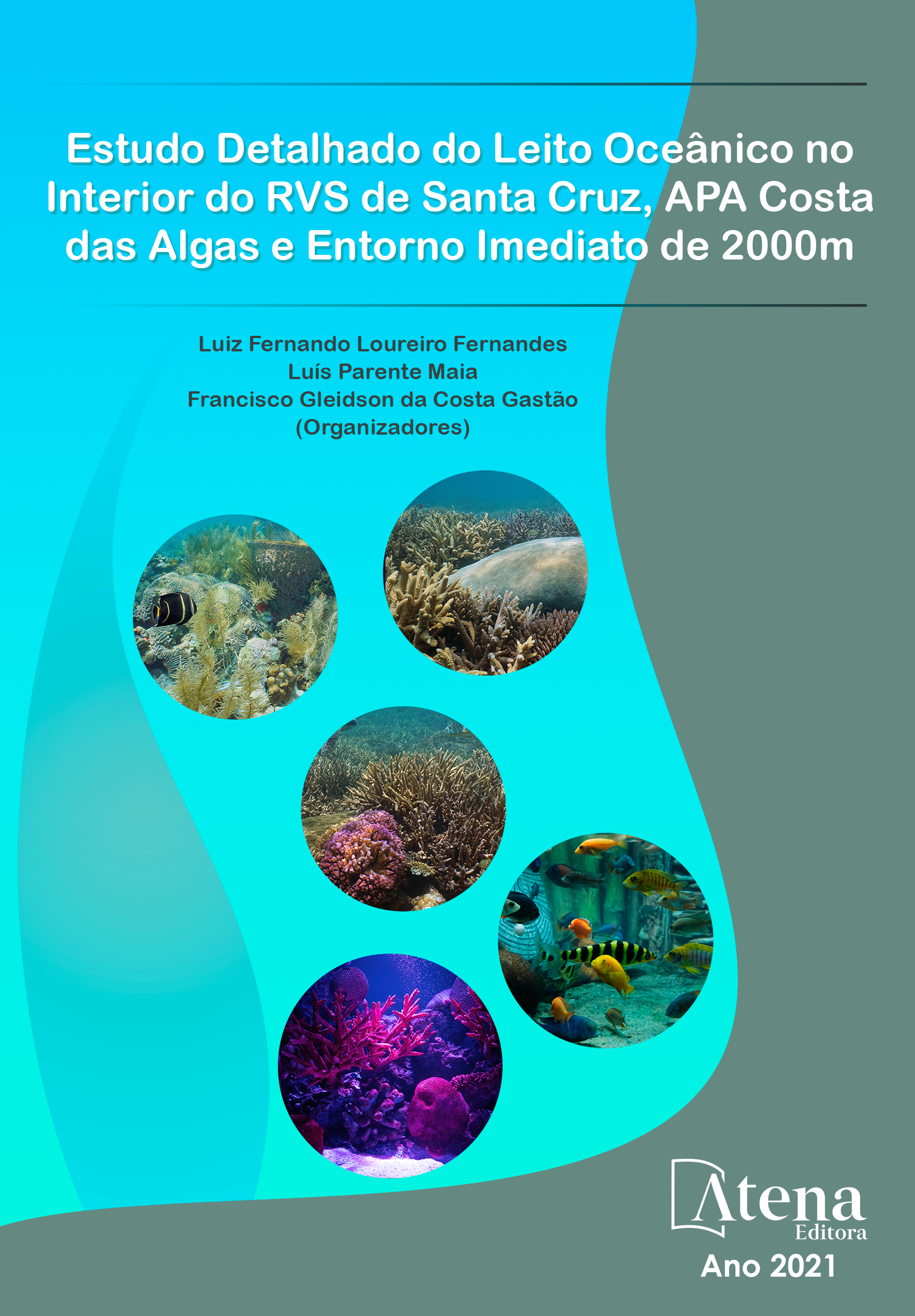
OS ORGANISMOS BENTÔNICOS DA PLATAFORMA - ARRASTOS E DRAGAGENS
Estudos sobre os zoobentos de ambientes marinhos inconsolidados são imprescindíveis na elaboração de políticas públicas que visam o estabelecimento de áreas de proteção, como é o caso das Unidades de Conservação APA Costa das Algas e RVS de Santa Cruz. Deste modo, o presente estudo caracterizou as comunidades bentônicas existentes nas duas Unidades, considerando os aspectos qualiquantitativos como composição e abundância, a relação de descritores ecológicos, a riqueza e equitabilidade. A análise e identificação da macrofauna bentônica obedeceram às seguintes etapas: lavagem, triagem, contagem, preservação, controle de qualidade, registro das informações e guarda de material das amostras de sedimento coletadas por arrasto de fundo e draga do tipo Van Veen, em cinco campanhas entre os anos de 2016 e 2020. Foram identificados organismos pertencentes aos filos [Arthropoda (subfilo Crustacea), Mollusca, Annelida (poliquetos, sipunculideos), Cnidaria, Echinodermata, Nematoda, Nemertea, Echiura, Bryozoa, Porifera e Chordata (Tunicata)]. De maneira geral, organismos do Filo Annelida (Polychaeta) predominam a área, juntamente com os táxons Arthropoda (subfilo Crustacea), Mollusca, Echinodermata, Nematoda e Bryozoa. Os padrões de distribuição e abundância dos organismos estão relacionados à heterogeneidade do fundo inconsolidado. E a aproximação com a costa pode ser fator de impedimento na distribuição e abundância da comunidade bentônica, tendo em vista que nestes ambientes ocorrem frequente entrada de água doce e sedimentos terrígenos oriundos do continente, assim como ocorre no RVS de Santa Cruz.
OS ORGANISMOS BENTÔNICOS DA PLATAFORMA - ARRASTOS E DRAGAGENS
-
DOI: 10.22533/at.ed.9852105216
-
Palavras-chave: APA Costa das Algas, RVS de Santa Cruz, macrofauna bentônica, fundo inconsolidados
-
Keywords: Costa das Algas EPA, Santa Cruz WLR, benthic macrofauna, unconsolidated fund
-
Abstract:
Studies on the zoobenthos of unconsolidated marine environments are essential in the development of public policies aimed at the establishment of protected areas, such as the Conservation Units Costa das Algas EPA (Environmental Protection Area) and Santa Cruz WLR (Wildlife Refuge). Thus, the present study characterized the benthic communities existing in the two Units, considering the qualitative and quantitative aspects such as composition and abundance, the relationship of ecological descriptors, wealth and equitability. The analysis and identification of the benthic macrofauna followed the following steps: washing, sorting, counting, preserving, quality control, recording of information and storage of material from sediment samples collected by bottom trawling and Van Veen dredge, in five campaigns between the years 2016 and 2020. Organisms belonging to the phyla [Arthropoda (subphylum Crustacea), Mollusca, Annelida (polychaetes, sipunculideos), Cnidaria, Echinodermata, Nematoda, Nemertea, Echiura, Bryozoa, Porifera and Chordata (Tunicata)] were identified. In general, organisms of the Phylum Annelida (Polychaeta) predominate the area, together with the taxa Arthropoda (subphylum Crustacea), Mollusca, Echinodermata, Nematoda and Bryozoa. The patterns of distribution and abundance of the organisms are related to the heterogeneity of the unconsolidated fund. And the approach to the coast can be an impediment factor in the distribution and abundance of the benthic community, considering that in these environments there is frequent entry of fresh water and terrestrial sediments from the continent, as it happens in the Santa Cruz WLR (Wildlife Refuge).
-
Número de páginas: 19
- Luís Ernesto Arruda Bezerra
- Helena Matthews-Cascon
- Luiz Fernando Loureiro Fernandes
- Luis Parente Maia


